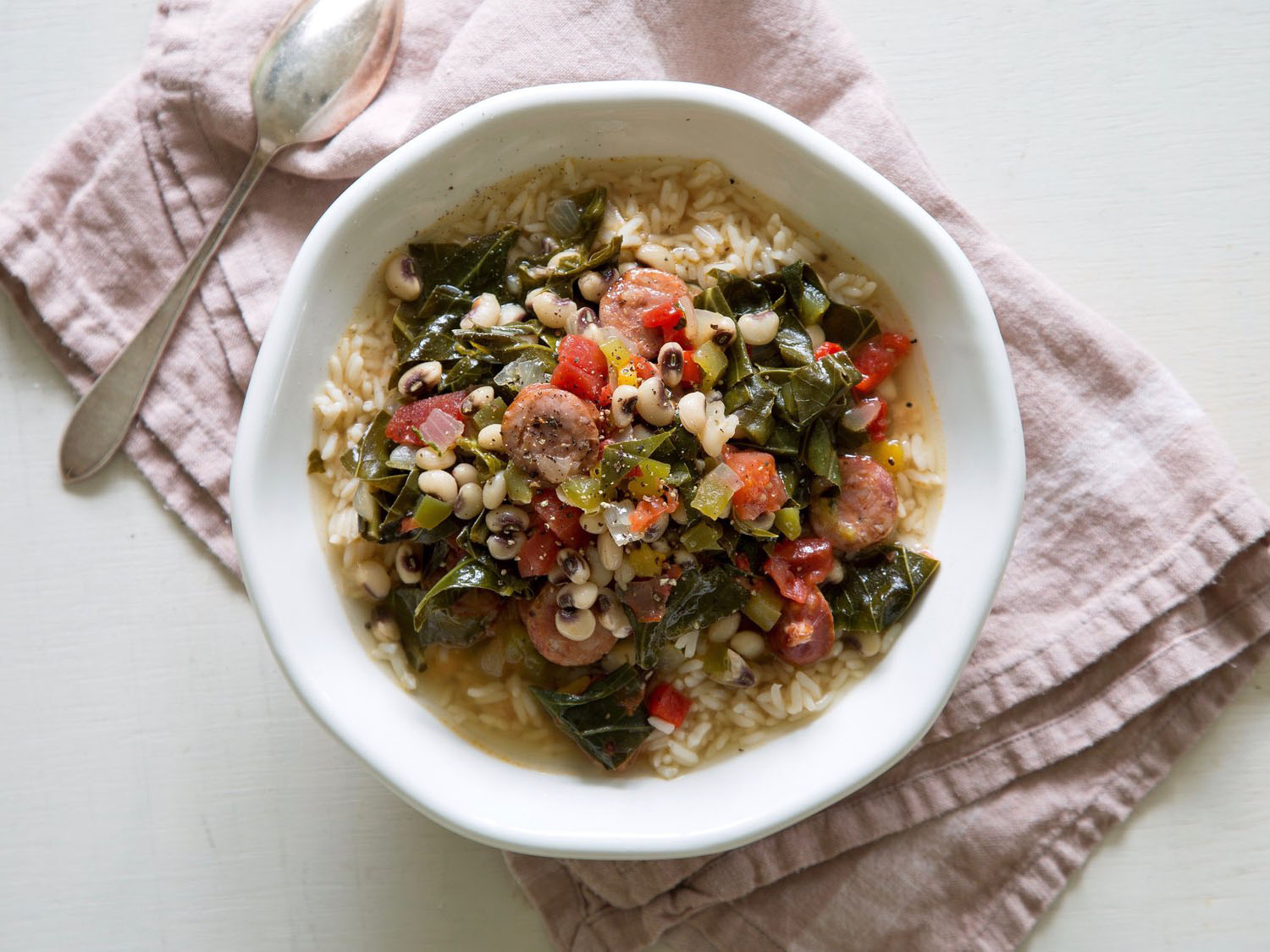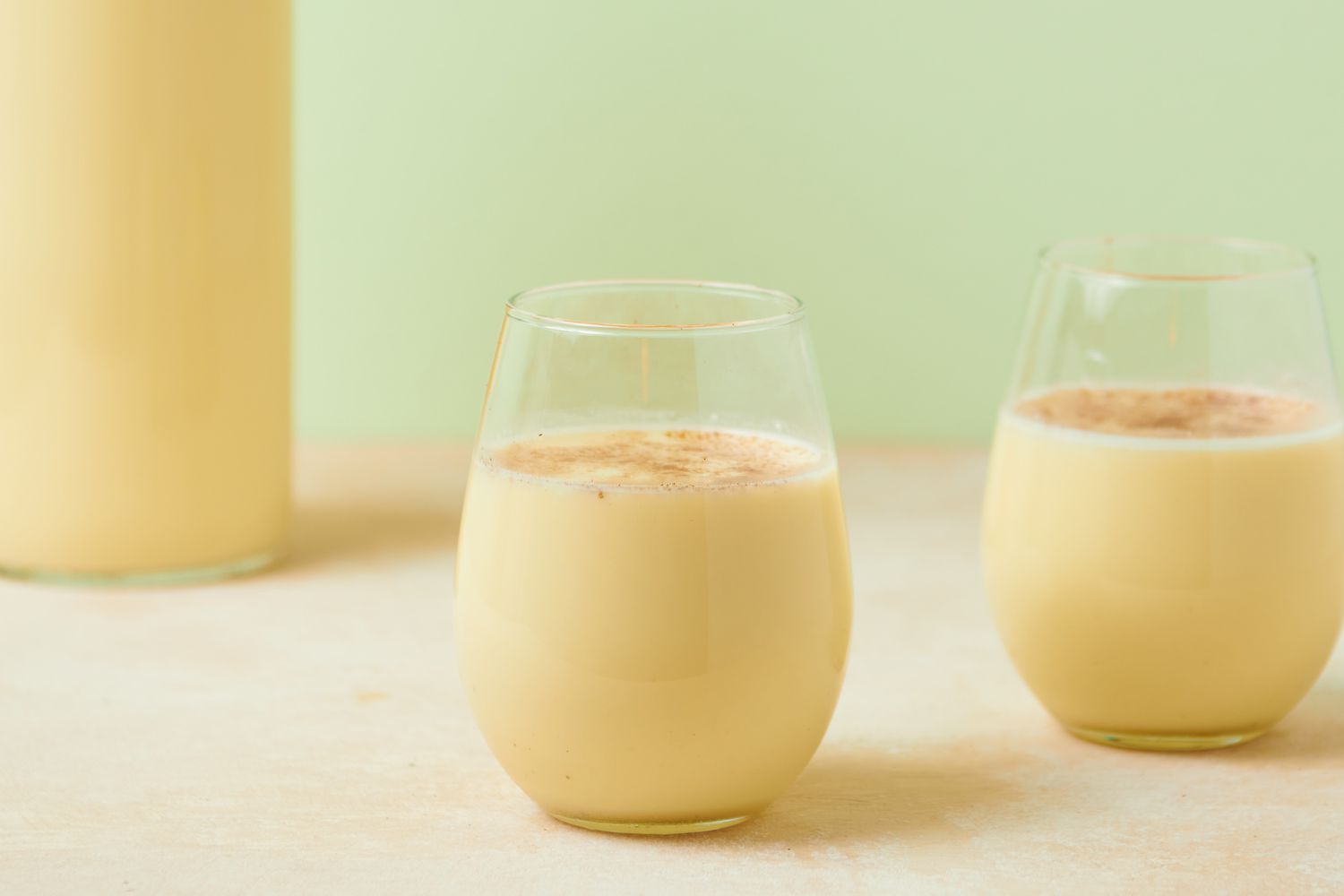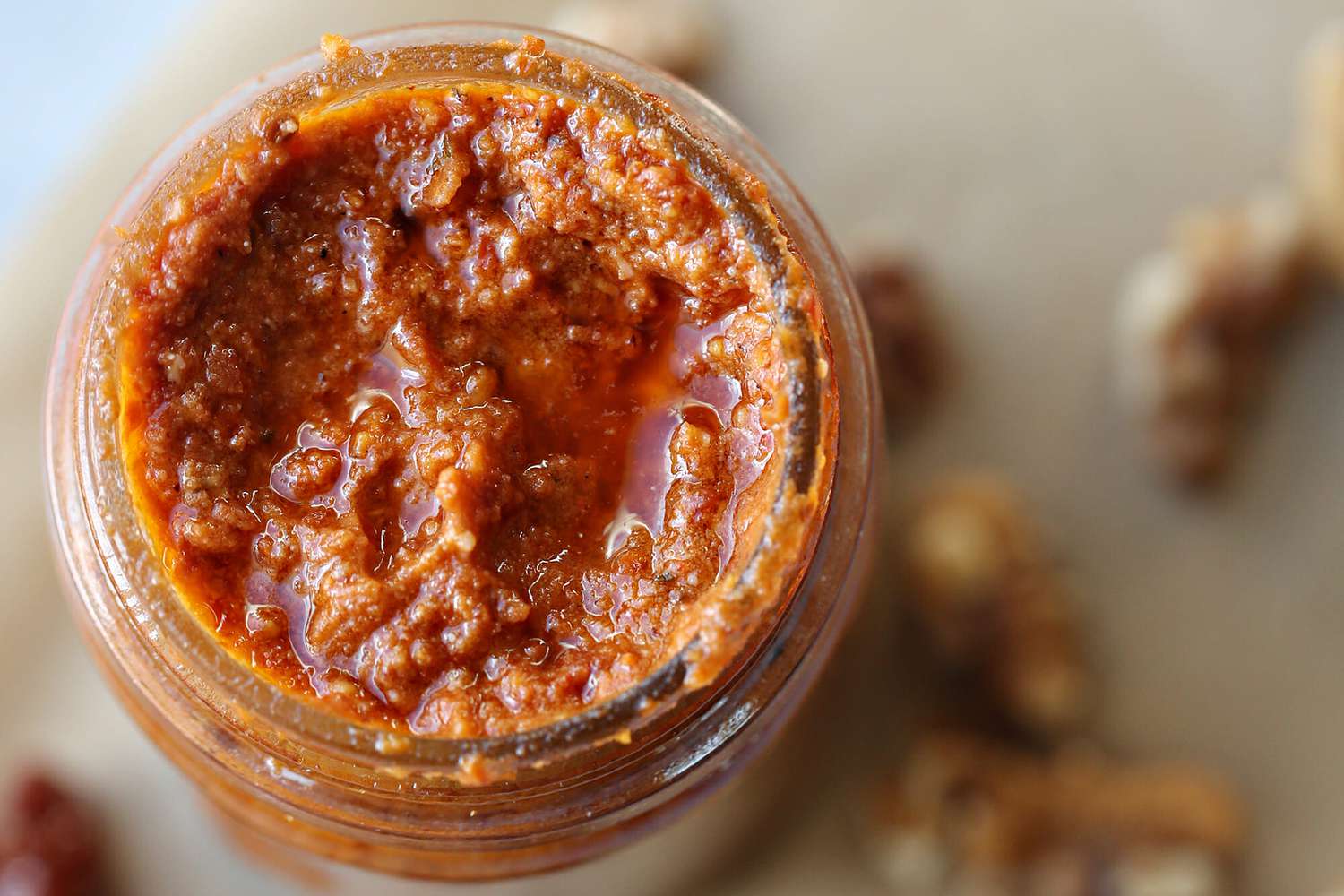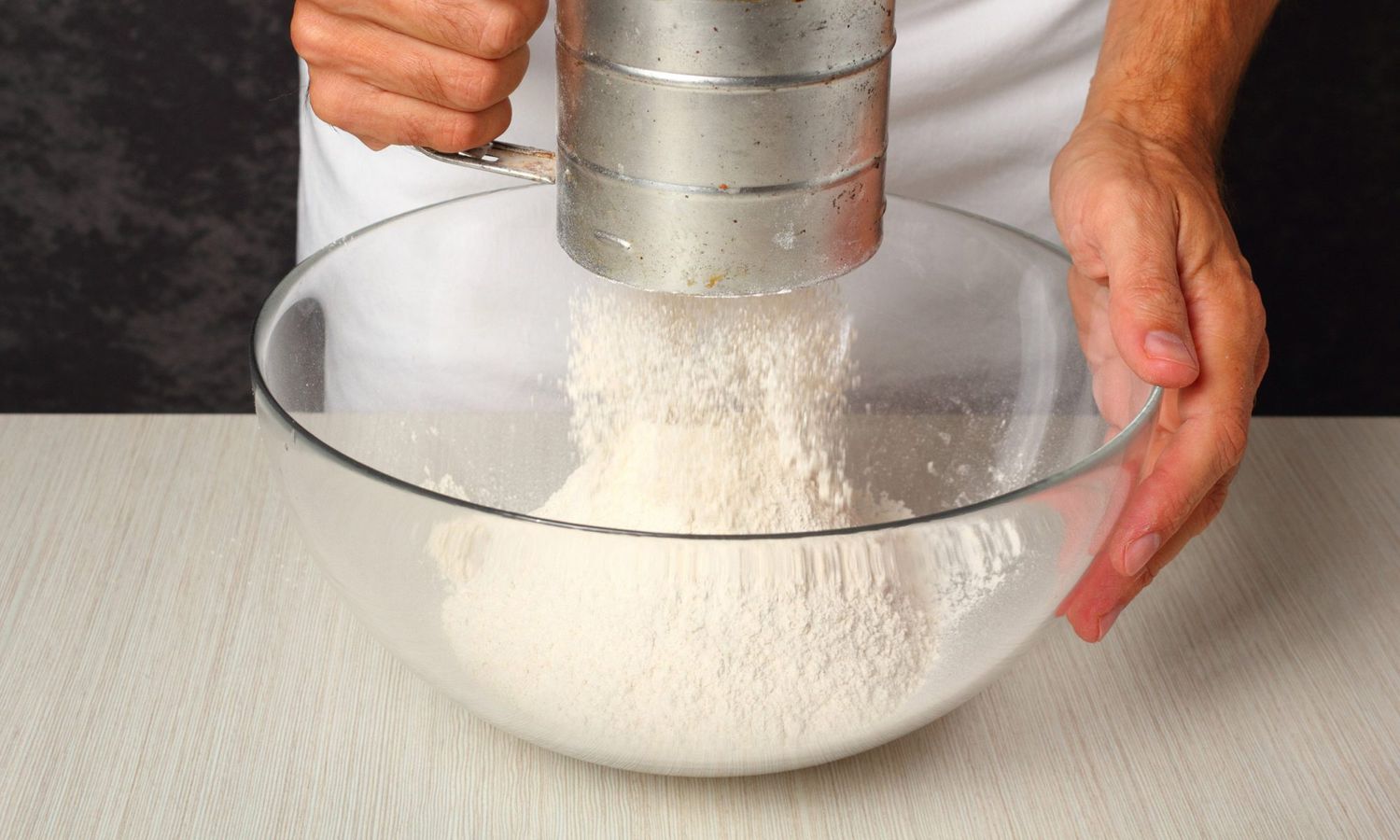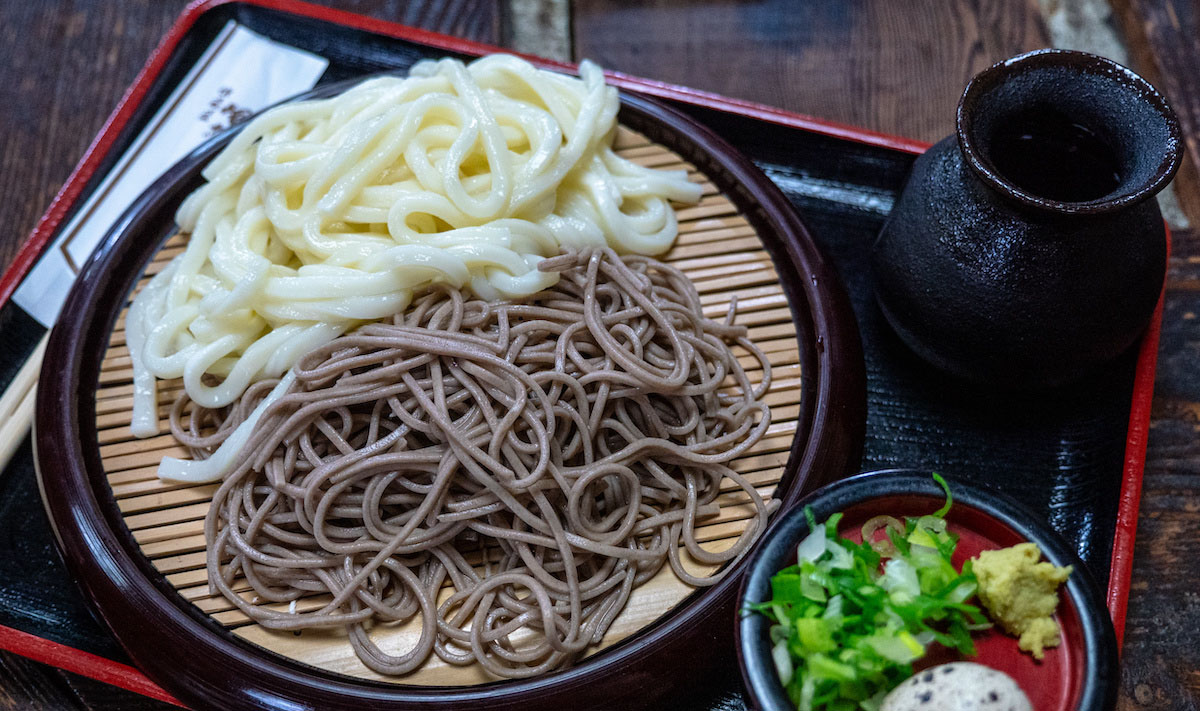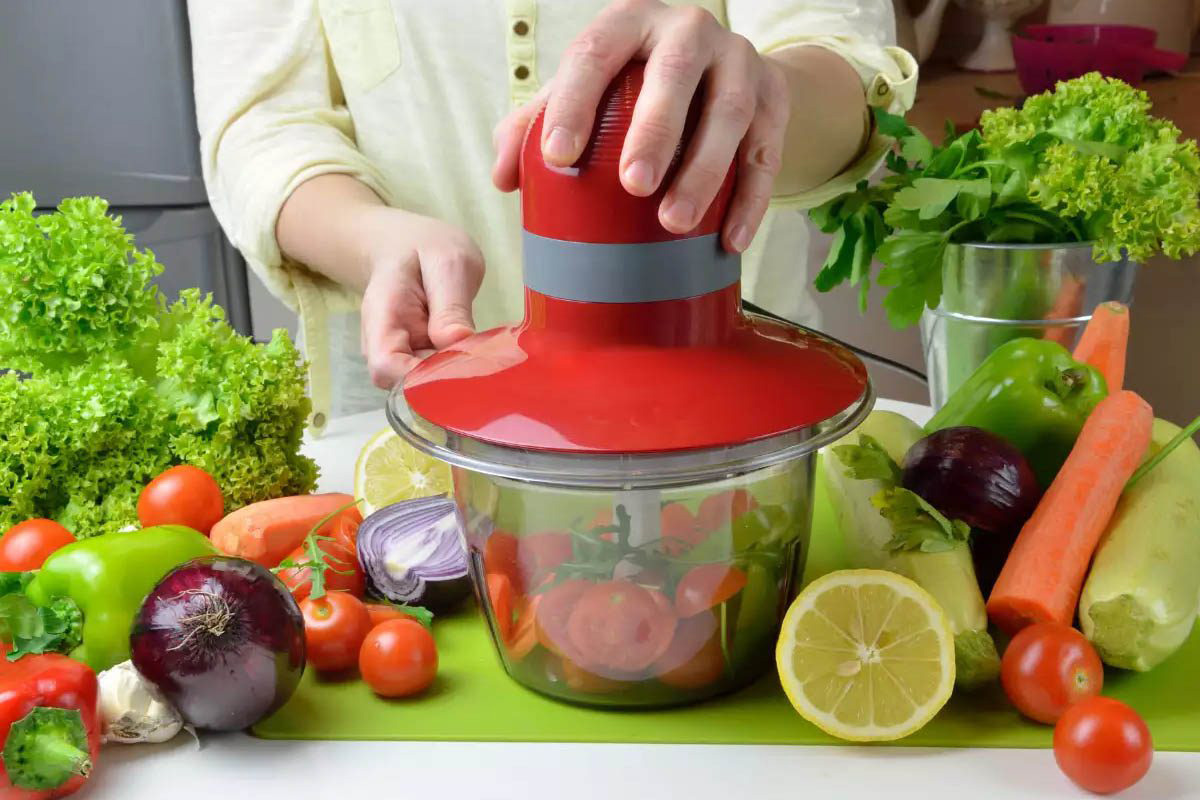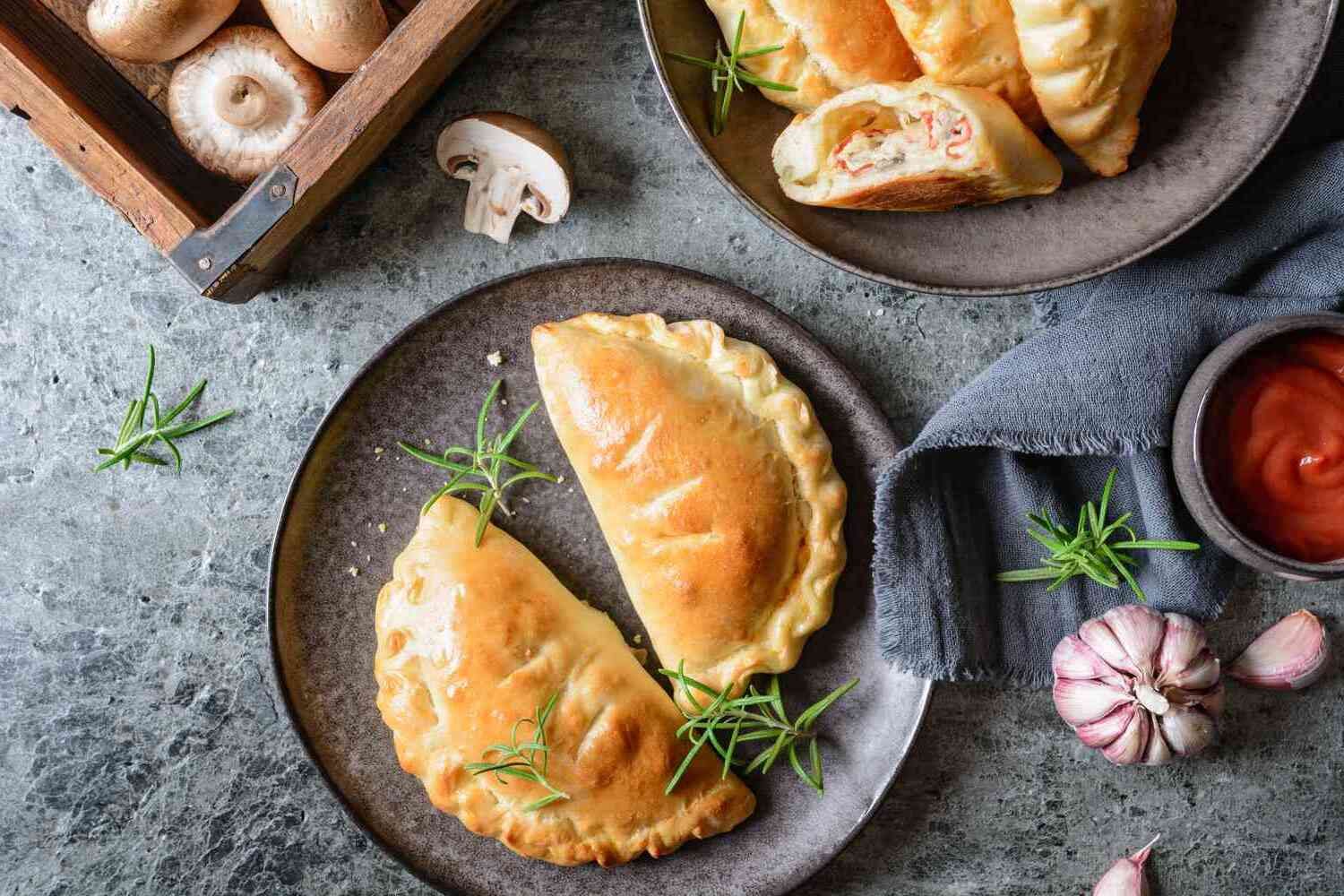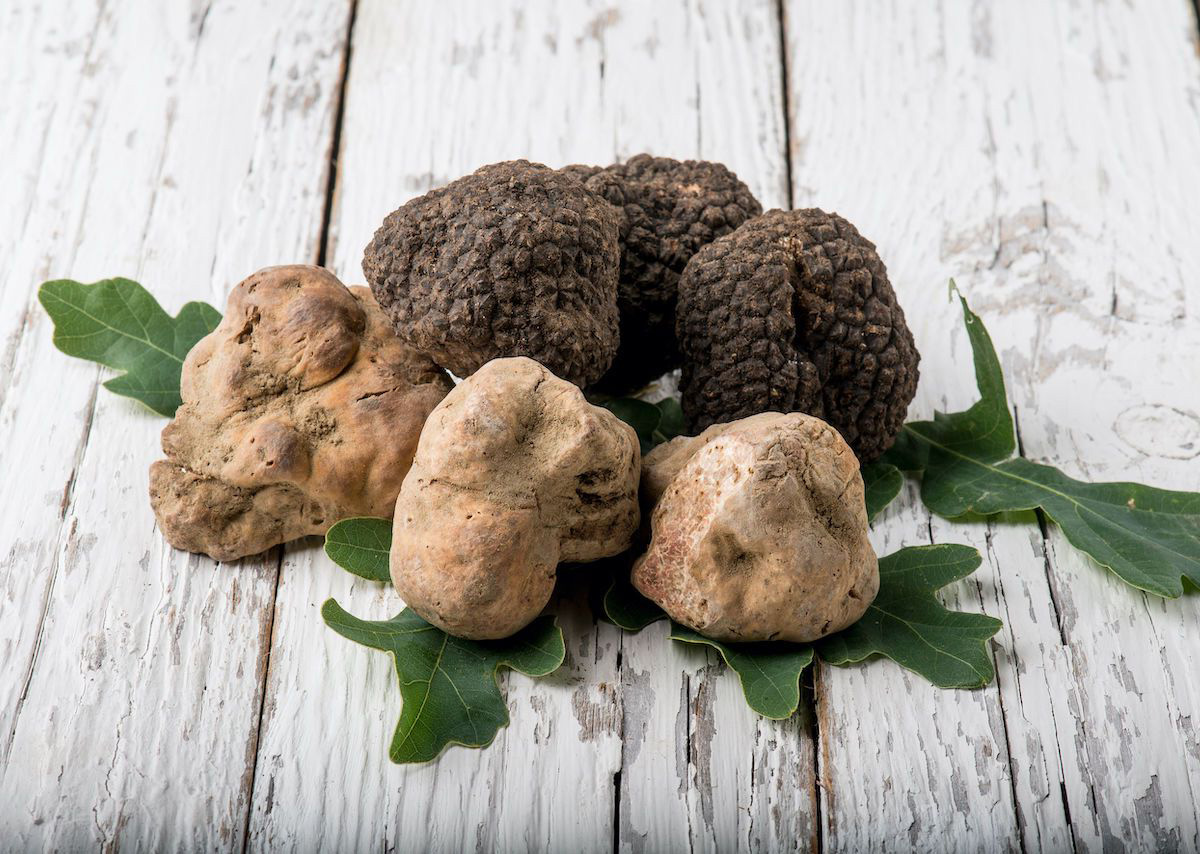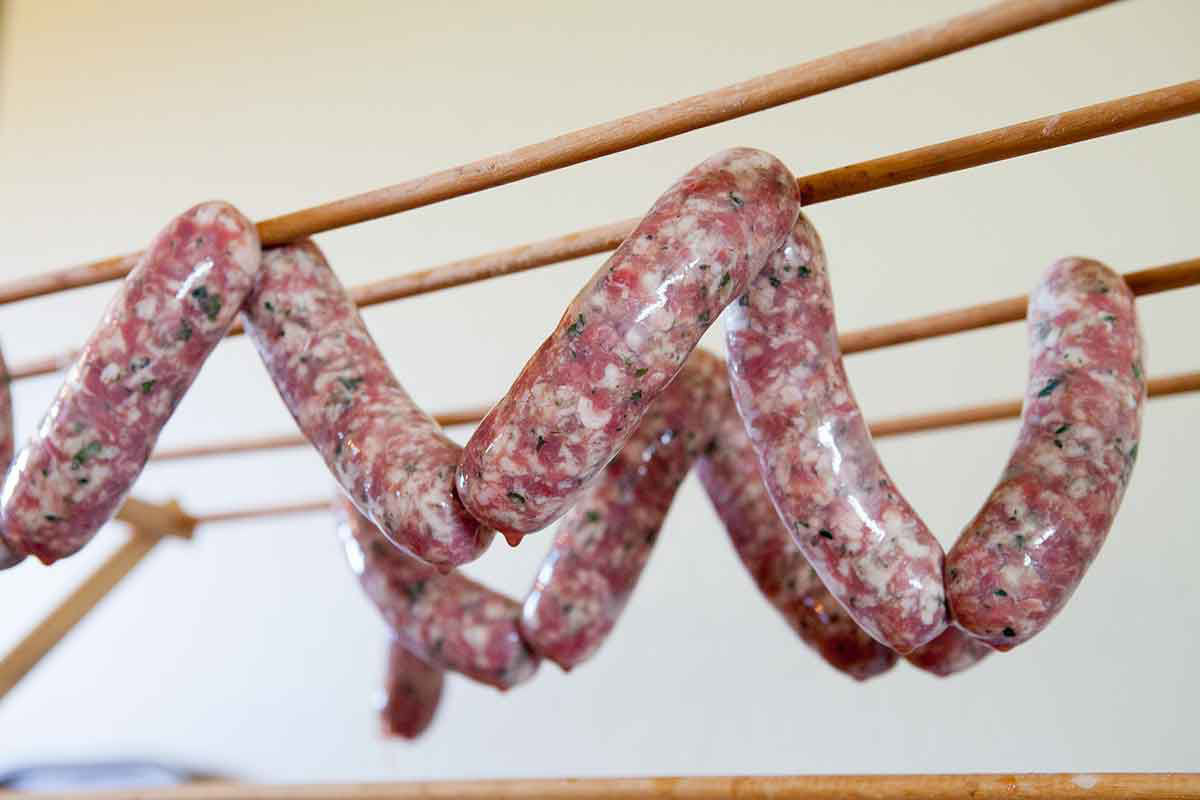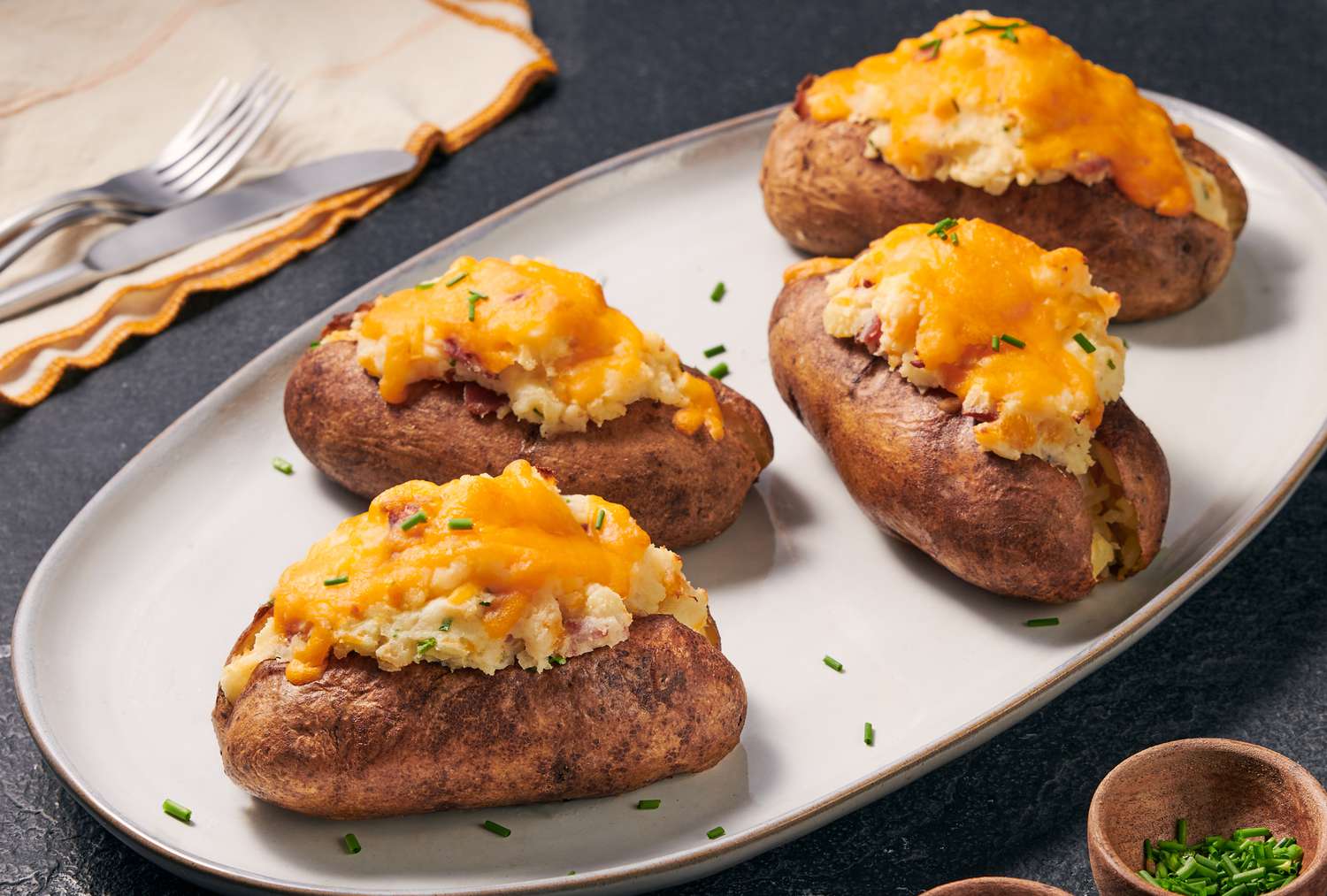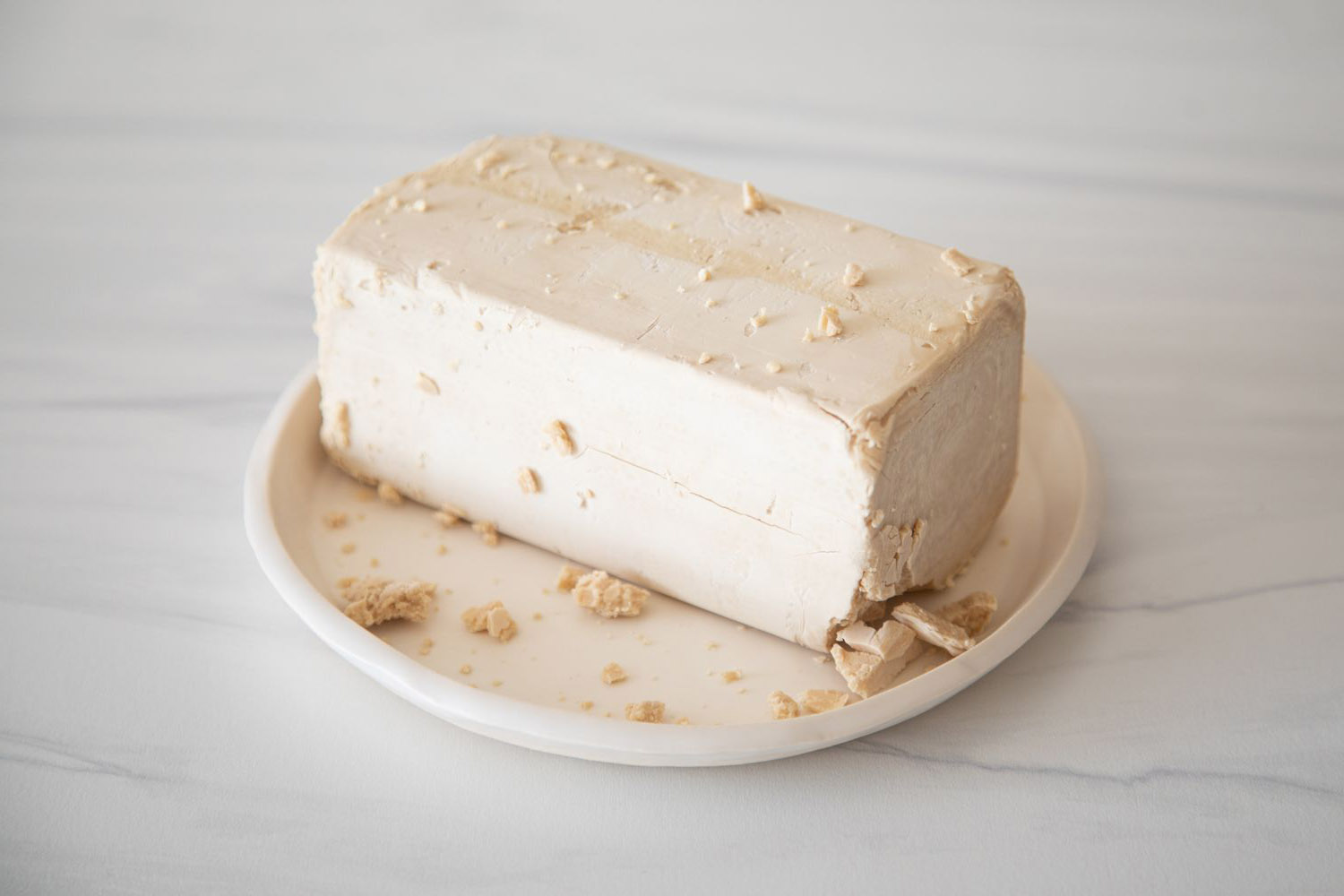Understanding Wondra Flour: A Versatile Kitchen Staple
When it comes to baking and cooking, having the right ingredients can make all the difference. One such ingredient that has gained popularity in recent years is Wondra flour. But what exactly is Wondra flour, and how can it be used in the kitchen? Let’s take a closer look at this versatile kitchen staple.
What Is Wondra Flour?
Wondra flour is a type of instant flour that is finely ground and pre-cooked. It is made from a blend of wheat flour, malted barley flour, and niacin (a B vitamin). The unique production process gives Wondra flour its fine texture and quick-dissolving properties, making it ideal for thickening sauces and gravies.
Uses of Wondra Flour
Wondra flour is known for its ability to create smooth, lump-free sauces and gravies. Its fine texture allows it to dissolve quickly, eliminating the need for lengthy cooking times to remove the raw flour taste. In addition to thickening sauces, Wondra flour can also be used for:
- Breading meats and vegetables
- Creating light and crispy coatings for fried foods
- Binding ingredients in recipes such as meatloaf and meatballs
Benefits of Using Wondra Flour
There are several benefits to using Wondra flour in the kitchen:
- Convenience: Wondra flour’s quick-dissolving properties make it a convenient option for thickening sauces and gravies, especially when time is of the essence.
- Texture: The fine texture of Wondra flour helps create smooth and velvety sauces without the risk of lumps.
- Versatility: From breading to binding, Wondra flour can be used in a variety of recipes, making it a versatile addition to any kitchen pantry.
Where to Find Wondra Flour
Wondra flour is widely available in the baking aisle of most grocery stores. It is typically sold in a distinctive blue canister, making it easy to spot on the shelf. If you’re unable to find Wondra flour at your local grocery store, it can also be purchased online through various retailers.
Conclusion
Wondra flour is a convenient and versatile ingredient that can elevate your cooking and baking endeavors. Whether you’re looking to create silky sauces, crispy coatings, or perfectly bound meatloaf, Wondra flour is a valuable addition to any kitchen. Its quick-dissolving properties and fine texture make it a go-to option for home cooks and professional chefs alike. Next time you’re in the kitchen, consider reaching for Wondra flour to take your culinary creations to the next level.
Was this page helpful?
Read Next: What Is Prickly Pear?
